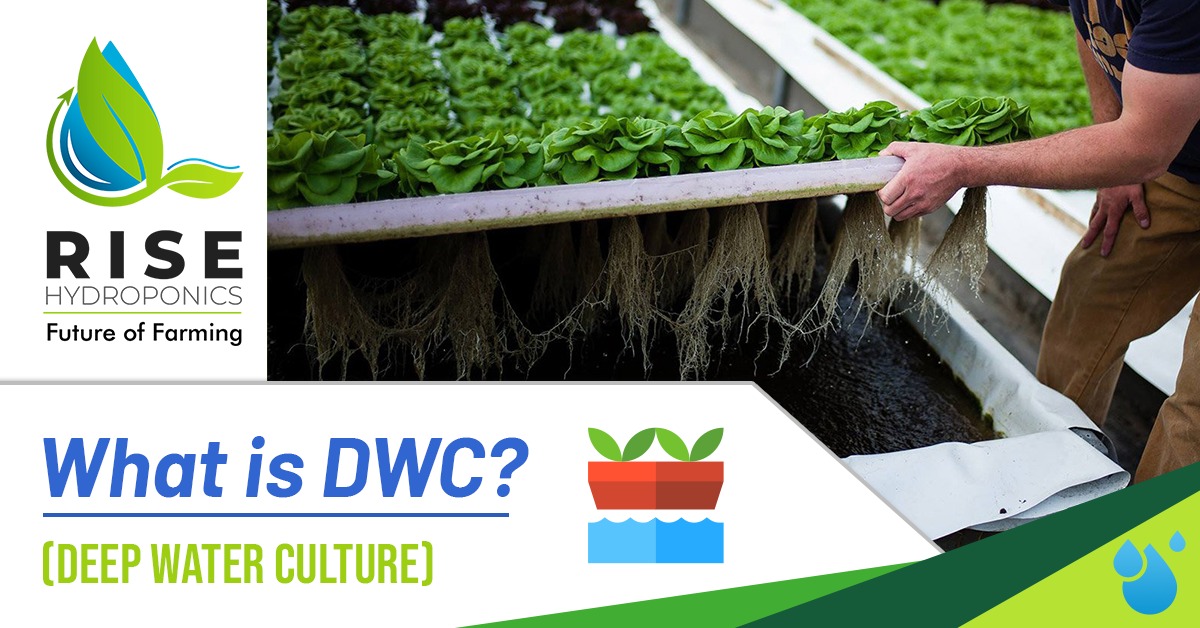As we talk about hydroponics, it is impossible to not talk about the Deep Water Culture. In DWC, plants are put in an oxygenated solution full of nutrients and water. The roots are submerged deep into the water, leading to the name DWC. In the alternate systems, the roots are kept in the air, and water is given at a particular time. But in DWC, all the roots are dipped in water 24/7.
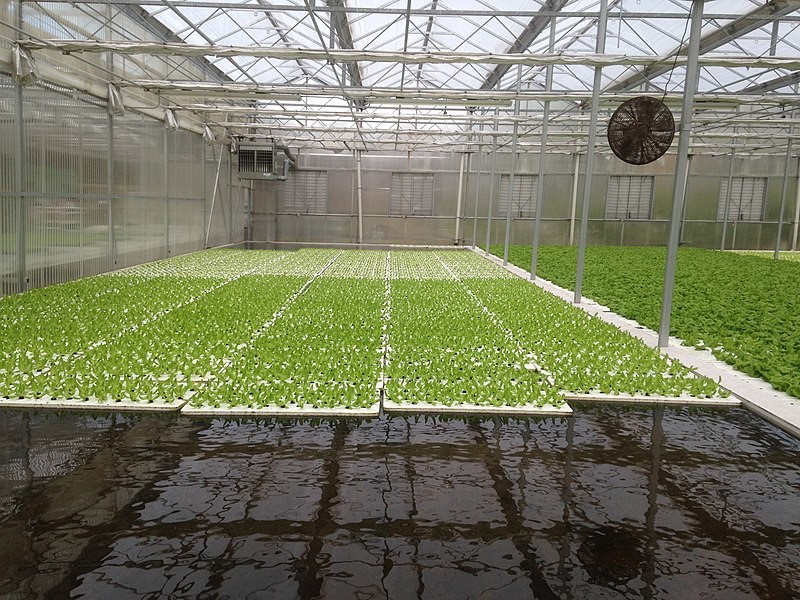
One major issue with the DWC hydroponics farming is that continuous exposure of roots to the water can lead to a rotten root quickly. For this reason, the importance of aeration in DWC increases. Aeration is the process of providing enough oxygen to the plants so that they survive the extra water in their surroundings. But with techniques like the air bubble method and falling water method, it becomes pretty easy to manage the excess water.
Interesting fact about DWC: Researchers consider DWC as Hydroponics in its purest form. Infact, it is also the easiest and most effective of all the systems.
Setting up DWC farming
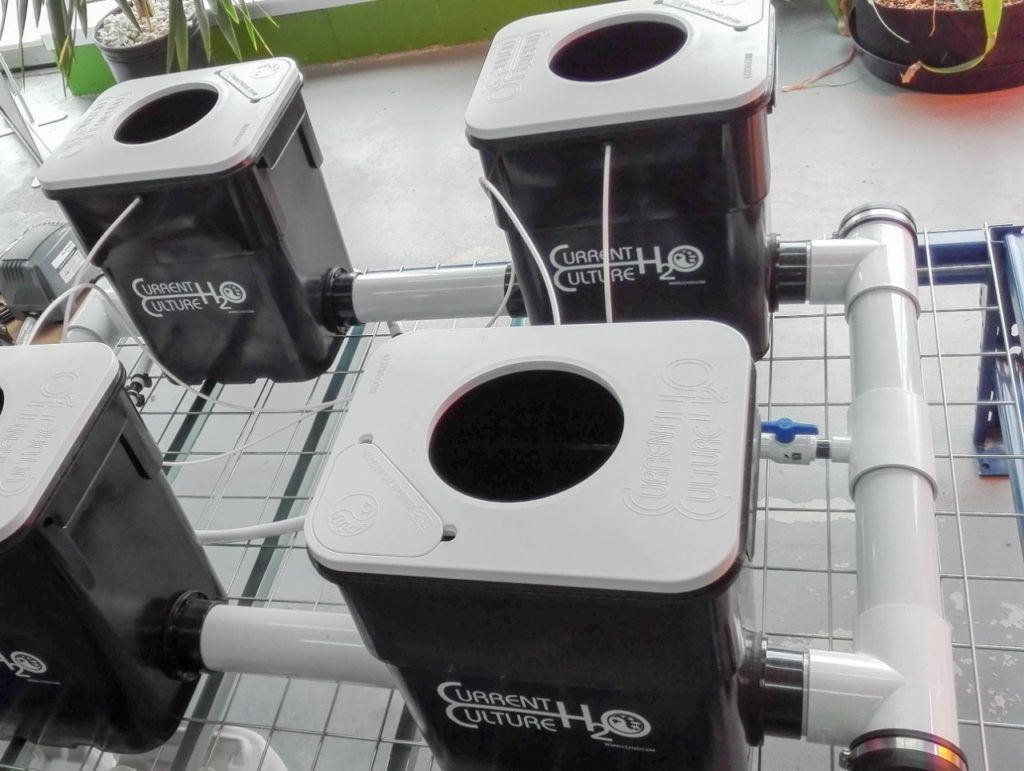
Setting up a DWC is easy. You require:
- A 5 Gallon Bucket
- Air pump
- Airstone
- Air tubing
- Growing medium
- Hydroponics nutrients
- Net
- pH Control Kit
- PPM Meter
Steps to follow

Do you know why do we need to add pH controller to the buckets? If not well regulated, the wrong pH can spoil the whole plant. Therefore, not adding a pH controller is a big no. The pH should be between 5.5 to 6.0. to support plant growth.
Once you have set up your DWC plants, they’ll start growing rapidly. This system is best for short-term, non-fruiting plants. But what if you want to scale up your plants?
The traditional way of DWC farming is not the best way to do it. To ensure the growth of plants at a higher rate and to prevent them from rotting, use Recirculating DWC or rDWC.
Recirculating DWC
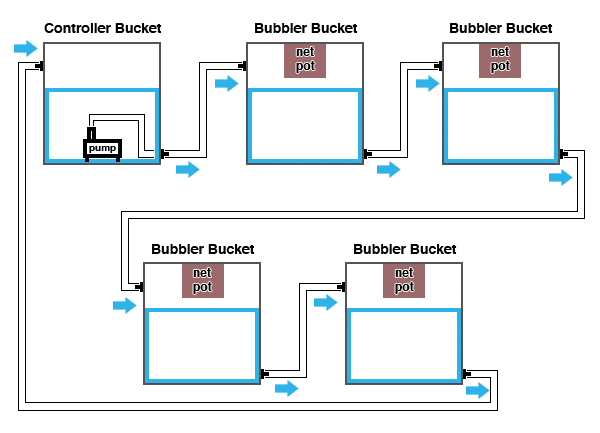
In DWC, you have to utilize one bucket for every plant you grow. Then you have to manage and calibrate the oxygen, nutrients, and water in each of the buckets. It can be a tedious task to manage consistently. To set you f
ree from all these hassles, rDWC was invented.
rDWC is a system of multiple baskets that can help you manage all the plants simultaneously. The system has a group of buckets that are connected through pipes and a central bucket.
Interesting Fact: In rDWC, each of the buckets can hold 2-3 more plants than in the DWC system.
The central bucket is used to transfer all the nutrients to every plant present in the system. You can also pump air through the central bucket. This system is efficient as it saves a lot of resources from getting wasted and supplies the nutrients to the plants as per their need. rDWC is a great boon for nature lovers who want to grow more plants with hydroponics farming.
Which plants to grow?
Every system works best on certain types of plants. It has been found that for DWC, the best plants are those which do not have flowers in them. All kinds of grass, herbs, and lettuce can grow fresh and healthy in this system. You can also grow tomatoes and pepper but you might have to be extra careful in case of fruiting plants.
Why choose Deep Water Culture hydroponics farming?
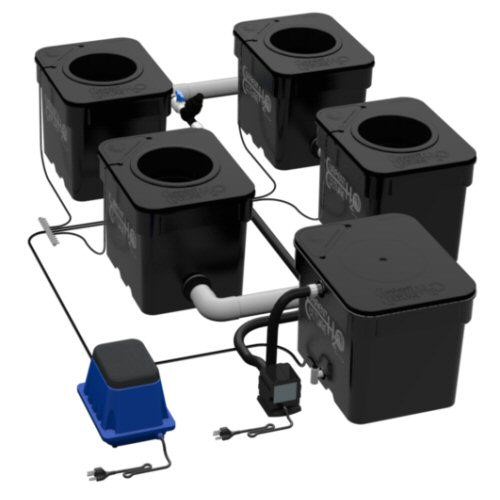
- There are not too many parts to take care of. This reduces the maintenance cost and time. As the set-up has a pipe and a bucket as major components, you can always fix minor issues by yourself.
- The growth of plants is exponential and healthier than conventional growth. Due to no competition and direct transfer of nutrients, plants grow better.
- As the plants are deep inside the water, and no fertilizer is needed because the nutrients are already dissolved in the water. This is why DWC saves you both money and time.
Conclusion
You can now fearlessly opt for DWC farming and see your plants grow like magic. Once you get the hang of DWC in the conventional method, switching to rDWC is going to help you get better yields. So contact a hydroponics farm set-up expert today to get started on your journey to futuristic farming!
Also Read : What are the different hydroponic system?

